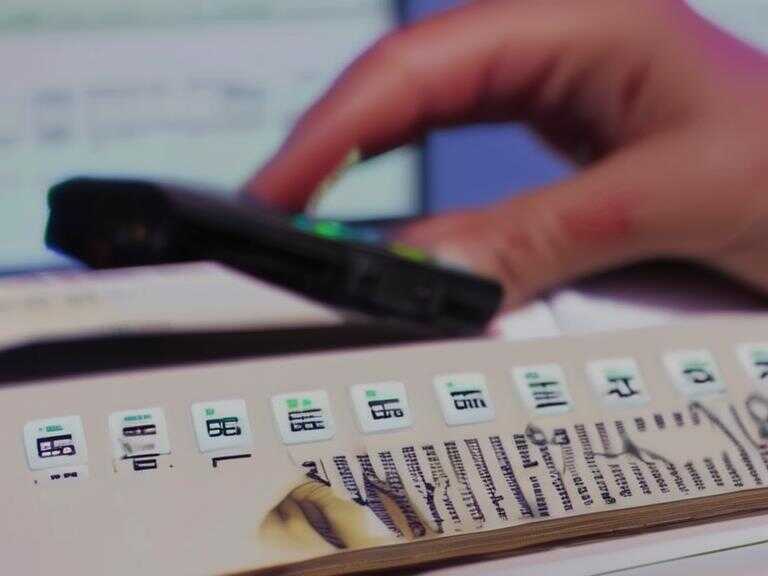
Back-to-School Shopping: How Inflation Impacts Family Budgets
Economic uncertainty is driving back-to-school shopping earlier, with consumers seeking discounts and managing budgets due to rising prices.

The back-to-school shopping season, a significant event in the retail calendar, is revealing interesting trends reflecting the current economic climate. Unlike festive occasions driven by gifts, back-to-school spending is essential, with families needing to equip their children for the academic year. This makes the season a crucial barometer of how consumers are managing their finances amidst prevailing economic challenges.
Early Bird Gets the Deal
While June traditionally marks the start of summer, it has increasingly become the unofficial kickoff to back-to-school shopping in recent years. A notable 26% of shoppers had already commenced browsing and purchasing items by early June, a significant rise from 22% last year and 17% in 2019. This early shopping trend is attributed to several factors, including the desire to spread out expenses over time and capitalize on early deals and promotions.
The ongoing uncertainty surrounding trade is also influencing consumer behavior. A substantial 74% of those who have already begun back-to-school shopping cite concerns about potential price increases due to tariffs as a reason for their early purchases.
Budgetary Pressures and Cost Management
Back-to-school can place a considerable financial burden on many families. Last year, the average K-12 shopper allocated $875, while those purchasing for college students anticipated spending $1,365. This year, a majority of shoppers (76%) predict higher price tags on necessary items.
Shoppers have demonstrated resourcefulness in managing their budgets amidst rising costs and inflation over the past few years. They have explored various strategies, such as switching brands, comparing prices, and streamlining their back-to-school lists to minimize expenses. However, with many of these avenues already exhausted, they are actively seeking alternative ways to save if prices continue to escalate.
The Impact on Spending Habits
To cope with potential price increases, shoppers, including those from higher-income groups, are more likely to turn to discount stores this year. This shift reflects the need for cost management and finding value amidst a challenging economic environment.
Shoppers typically approach their back-to-school lists in one of two ways: either stocking up on everything needed for the entire school year or purchasing only essentials initially and replenishing as required. However, this year, a notable trend is emerging among lower-income households. Fifty-two percent of shoppers earning less than $50,000 annually plan to buy only what they need for the start of school, a significant increase from 45% last year.
Share news















